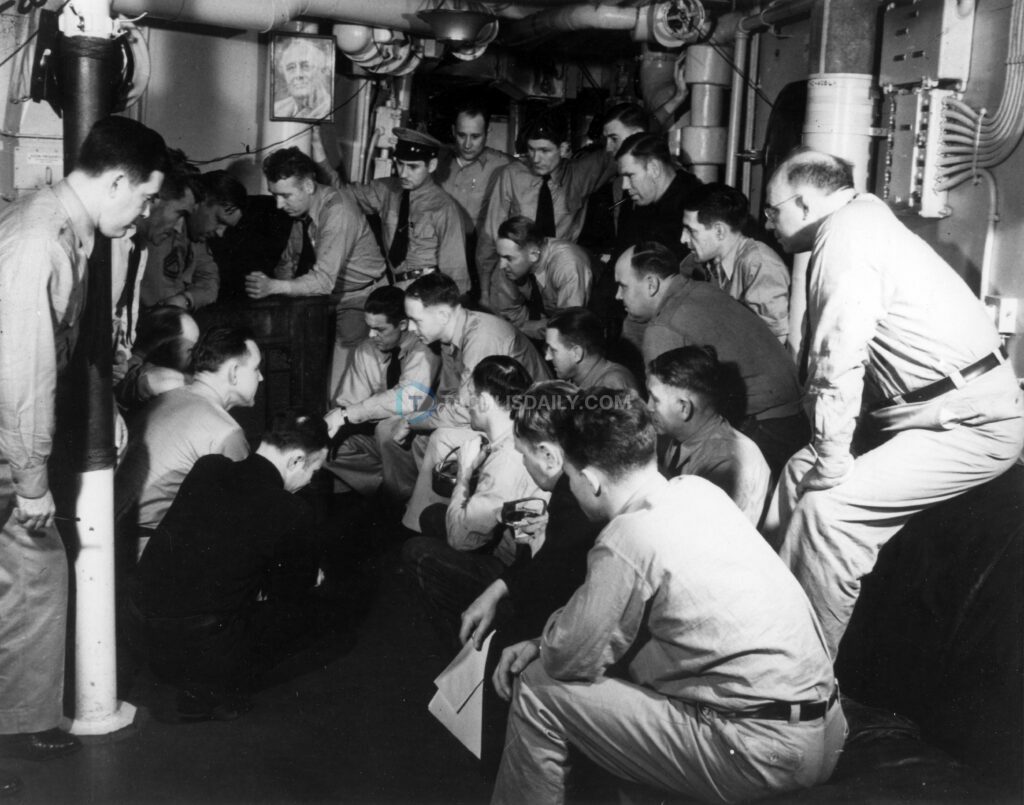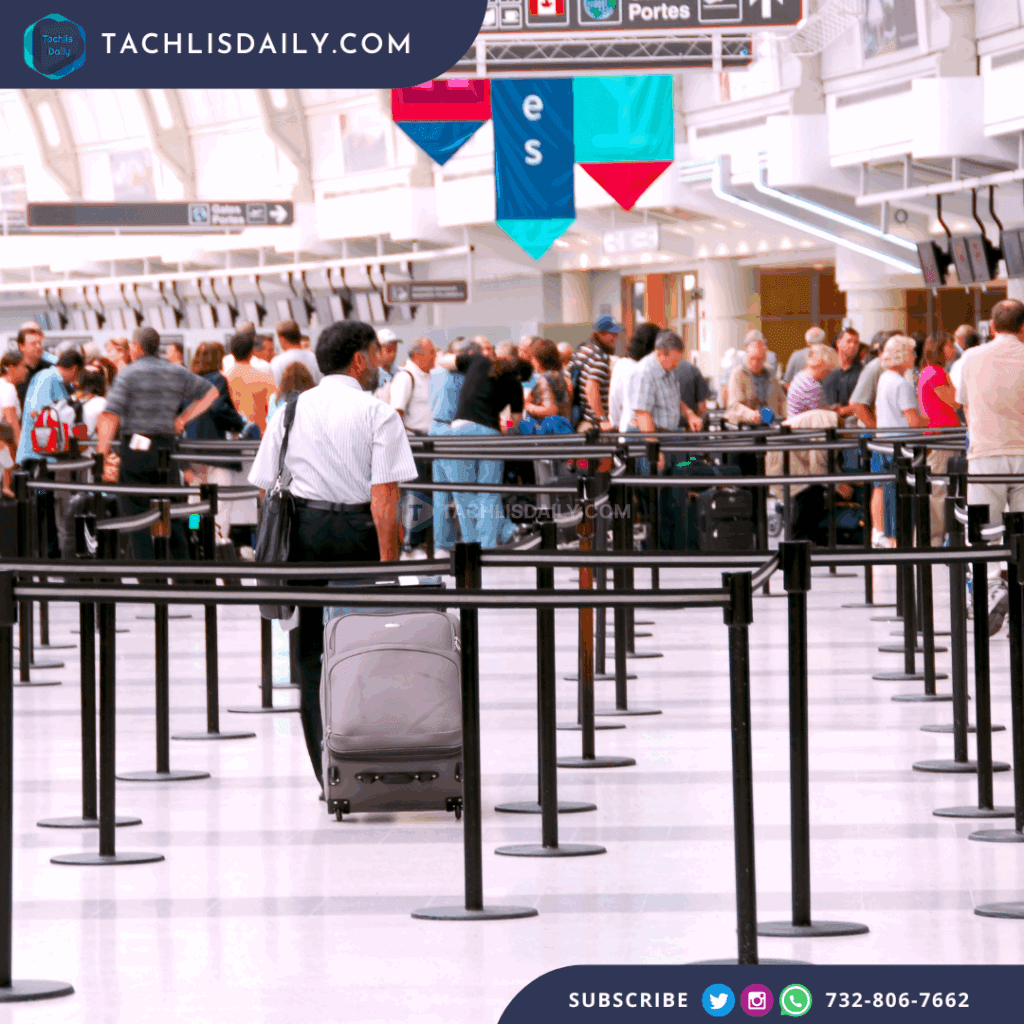On December 7, 1941, the United States faced a devastating surprise attack by Japan on Pearl Harbor, Hawaii. More than 3,500 American troops and civilians were killed or wounded, and the U.S. Pacific Fleet suffered massive damage. The attack shocked the nation and spurred President Franklin D. Roosevelt to declare it “a date which will live in infamy,” as Congress swiftly approved the U.S. entry into World War II.
Eyewitnesses vividly recall the chaos of that day. Survivors described smoke-filled skies, burning ships, and the sounds of explosions that shook the harbor. Some, like Navy Mess Attendant Doris Miller, performed extraordinary acts of courage, helping injured crewmates and manning guns despite having no formal combat training. Others, such as Army Air Corps pilots Ken Taylor and George Welch, took to the skies to fight back against the attackers. Their heroism, alongside the efforts of military nurses and countless others, became symbols of resilience in one of America’s darkest hours.
The attack on Pearl Harbor was part of a larger campaign by Japan, which simultaneously struck U.S. and British bases across the Pacific, including the Philippines, Guam, and Hong Kong. While Japan sought to disable American naval power and expand its dominance in the region, the assault galvanized the United States into action, setting the stage for a global conflict that would change the course of history.
Today, Pearl Harbor is remembered not only for its tragedy but also for the bravery it inspired. The Pearl Harbor National Memorial stands as a tribute to those who fought and died, drawing over a million visitors each year. Through these commemorations, the legacy of that fateful day endures, reminding future generations of the sacrifices made in the pursuit of freedom and peace.












